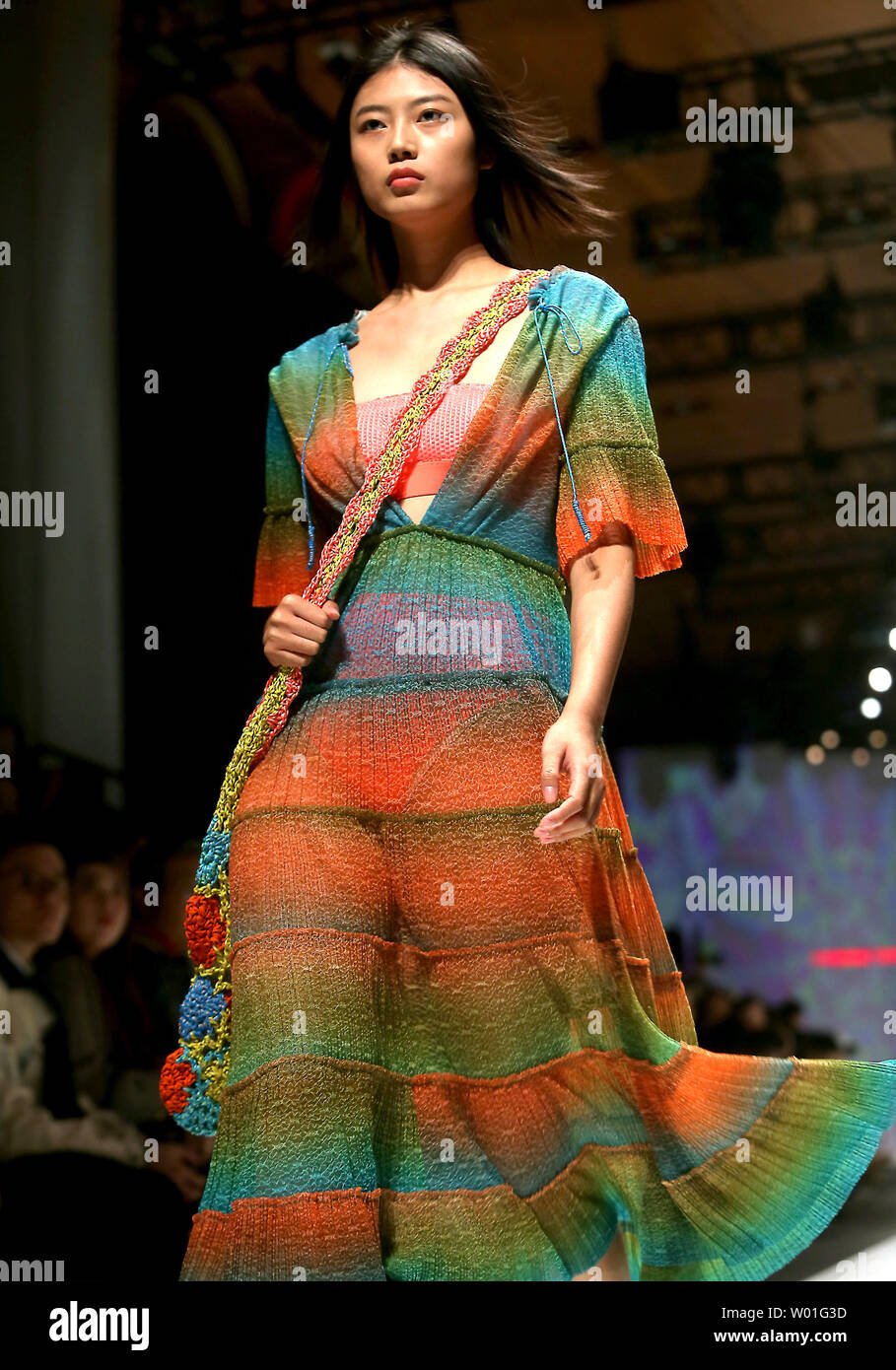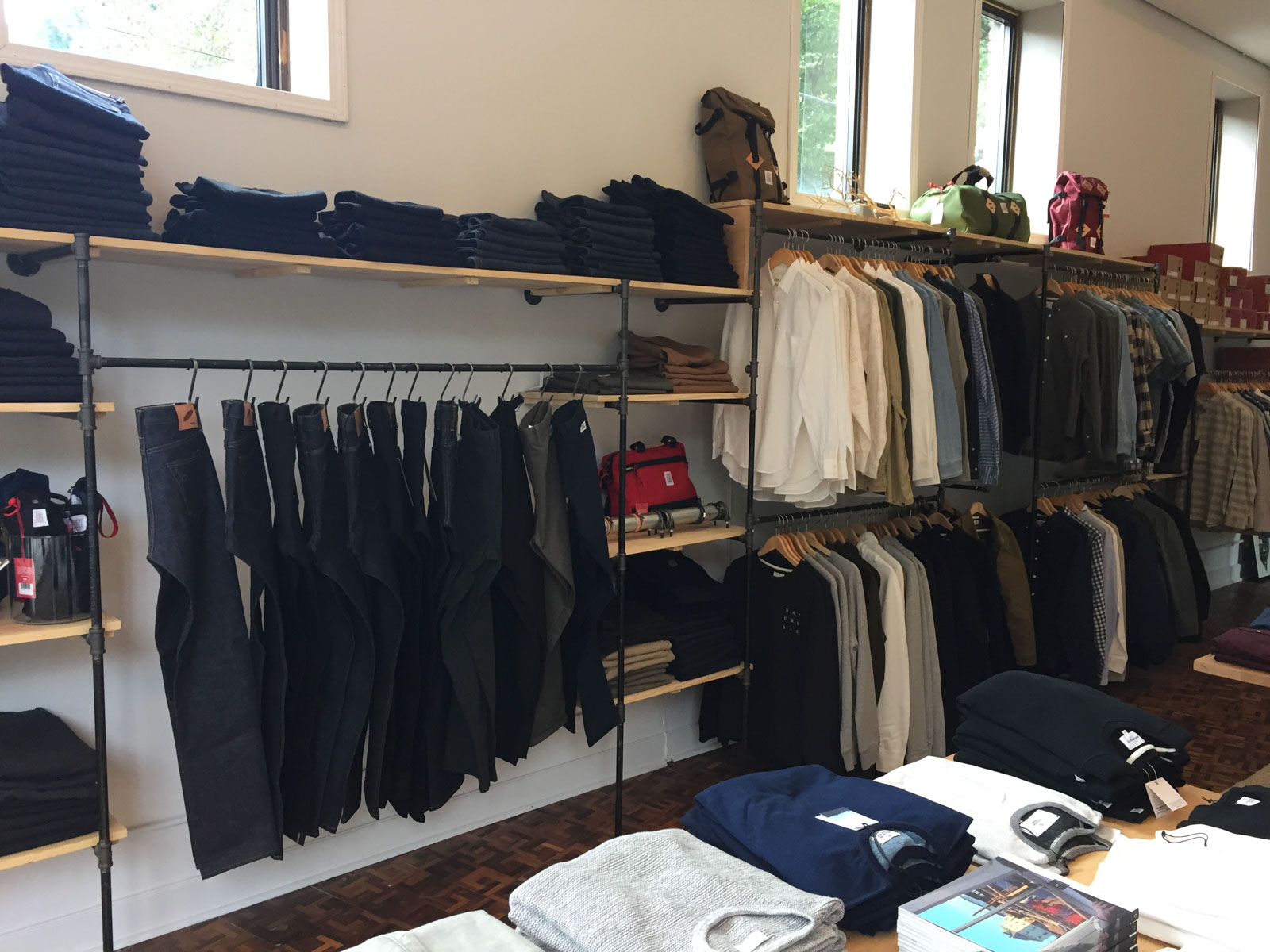Cheery Period Style: Eastern Wear Pakistan Styles for Every Occasion
Cheery Period Style: Eastern Wear Pakistan Styles for Every Occasion
Blog Article
Introducing the Rich Heritage of Eastern Fashion
Discovering the elaborate tapestry of Eastern style unveils a world where practice meets advancement, and craftsmanship links with cultural meaning. From the extravagant silks of old empires to the intricate needlework of nomadic people, each garment narrates that transcends time and boundaries, resembling the abundant heritage and imaginative tradition of the East. As we peel back the layers of background and tradition, a remarkable trip waits for, unwinding the keys behind the captivating appeal and long-lasting influence of Eastern fashion on the worldwide phase.
Origin of Eastern Fashion

In Mesopotamia, for instance, the Sumerians and Babylonians produced garments using leather, linen, and woollen, decorated with intricate patterns and fashion jewelry. Old Egyptians are renowned for their sophisticated weaving abilities and using lightweight, breathable textiles like linen. Chinese fashion highlighted the relevance of color meaning and detailed embroidery methods, while Indian apparel featured dynamic colors, elegant textiles like silk and cotton, and elaborate drape styles such as the saree.
These old human beings not only influenced each other but likewise led the way for the varied and culturally abundant tapestry that is modern Eastern fashion. Through centuries of advancement, Eastern fashion proceeds to flourish, mixing practice with modern-day influences to develop ageless and distinct styles.
Social Impacts and Customs
Attracting from centuries-old customs and beliefs, cultural impacts and practices play a pivotal role fit the significance of Eastern fashion (eastern wear pakistan). The rich tapestry of societies throughout Eastern regions such as Asia, the Middle East, and Africa has actually greatly influenced the clothes styles, shades, textiles, and creates that are common in Eastern fashion today
In nations like India, Japan, and China, typical garments like cheongsams, sarees, and bathrobes remain to hold considerable social value and are commonly embellished with detailed embroidery or symbolic patterns that show ingrained beliefs and worths. In Center Eastern countries, the moving kaftans and abayas worn by guys and women not only offer as modest clothing however additionally show the area's cultural heritage and Islamic customs.
Furthermore, making use of specific shades like red for good luck in Chinese culture or intricate geometric patterns influenced by Islamic style even more exhibit how social impacts manifest in Eastern style - eastern wear pakistan. By honoring and protecting these cultural influences and practices, Eastern fashion continues to progress while remaining true to its abundant heritage
Evolution of Eastern Apparel
Gradually, Eastern garments have actually undergone substantial changes, showing a mix of tradition and modernity in their style and design. Traditional Eastern garments such as the saree, salwar, hanbok, and robe kameez have actually advanced to integrate modern components while protecting their social essence.
One remarkable advancement is the use of cutting-edge fabrics and methods in Eastern garment building and construction. Conventional handwoven fabrics like silk and cotton have been matched with modern materials such as polyester and blends, using increased resilience and simplicity of treatment. Additionally, advancements in printing modern technologies have enabled complex patterns and layouts to be incorporated into Eastern garments with precision and detail.
In addition, changes in silhouette and tailoring have actually updated Eastern clothes, making them a lot more functional and suitable for diverse occasions. Conventional dress codes have loosened up, permitting for trial and error with decorations, styles, and colors. This evolution has not only made Eastern garments more enticing and easily accessible to a global audience yet has additionally ensured their proceeded importance in modern fashion landscapes.
Symbolism in Eastern Clothes
Checking out the ingrained social significance woven right into Eastern outfit introduces a rich tapestry of symbolism and practice. Eastern garments are usually imbued with signs that mirror the wearer's social condition, faiths, and social identity. In many Eastern cultures, the color red signifies luck and success, making try this out it a preferred option for wedding celebration outfit. Detailed embroidery patterns can communicate tales of folklore or represent blessings for the user.
Furthermore, particular garments hold symbolic meanings. Its design, fabric, and also the means it is used all carry deep social significance.

Effect of Eastern Fashion Today

The incorporation of Eastern elements in Western fashion has led to a combination of styles that provide to diverse tastes and preferences (eastern wear pakistan). Designers commonly attract ideas from Eastern textiles, patterns, and shapes, producing distinct and ingenious pieces that blend traditional and modern visual appeals. This cross-cultural exchange has not only revitalized the fashion sector yet Read Full Article additionally cultivated a much deeper gratitude for Eastern heritage and craftsmanship
Moreover, the rise of electronic platforms and social media has better intensified the effect of Eastern fashion, allowing developers and brands to get to a larger audience and display their cultural heritage to the world. Through cooperations, fashion shows, and on-line campaigns, Eastern fashion remains to thrive and progress in today's dynamic and interconnected worldwide landscape.
Conclusion
Finally, the abundant heritage of Eastern fashion is a testament to the social impacts, complex craftsmanship, and profound symbolism installed in each garment. From ancient civilizations to modern-day interpretations, Eastern style proceeds to mesmerize with its unique mix of tradition and technology. The effect of Eastern style today functions as a suggestion of the ageless elegance and creative expression that have actually made it a worldwide sensation celebrated for its abundant cultural heritage.
Checking out the detailed tapestry of Eastern style unveils a globe where tradition fulfills development, and workmanship intertwines with social significance.The sustaining symbolism and cultural value embedded in Eastern clothes proceed to shape and influence the modern influence of Eastern fashion today. Eastern fashion has actually gone beyond borders, Find Out More becoming a worldwide sensation embraced by designers, celebs, and style enthusiasts worldwide.In verdict, the rich heritage of Eastern fashion is a testimony to the social impacts, intricate craftsmanship, and profound meaning installed in each garment. The influence of Eastern style today serves as a reminder of the ageless sophistication and imaginative expression that have actually made it a global phenomenon celebrated for its rich cultural heritage.
Report this page